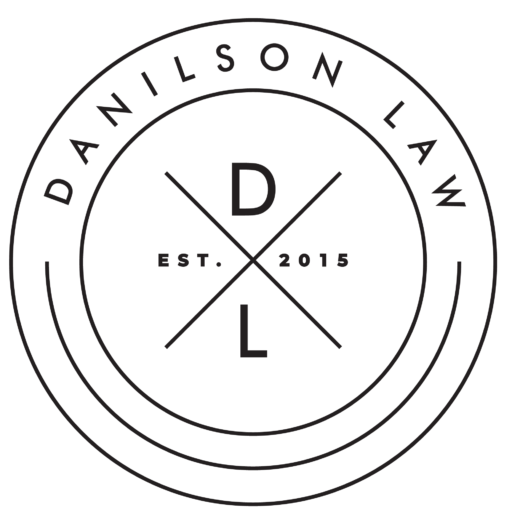
An encumbrance is a restriction that is placed on the use of the property. Mortgages are by far the most common form of encumbrances on both residential and commercial property. An encumbrance like a mortgage restricts your ability to transfer the title of the home or building without going through some extra steps.
It is important to know what encumbrances may be on real estate because these often pass to the buyer in a normal arm’s length transaction. A title search will turn up these issues and allow you to address them before you own the property.
Liens
A lien is a legal right to the property owned by a creditor until the debtor’s debts are paid off or discharged. Technically, a mortgage is also considered a lien. The lien stays on the property until the mortgage is paid in full. Other types of liens may include:
- Tax liens
- Mechanic’s liens
- Judgment liens
Mechanic’s liens may arise when you have someone work on your home, such as a general contractor, roofer, or plumber. These individuals have improved the value of the home, so they are permitted by law to put a lien on the property that they enhanced. Once you pay the amount of the mechanic’s lien, the lien should be removed.
Judgment liens arise when the homeowner is sued and loses in a court of law. The judgment may have nothing to do with the property, but the creditor can still place a lien on the individual’s personal or commercial property because it is one of the debtor’s assets that the creditor may be able to collect payment on.
Easements and Encroachments
In some situations, other parties may have the legal right to use a property without actually owning it. These arrangements are referred to as “easements.” For example, if your neighbor cannot get to his or her property without crossing your driveway, they may have created an easement to allow them to use a portion of your driveway.
When you have a piece of property that crosses the boundary lines into an adjacent property, you likely have an encroachment. The most common examples are fences or tree branches that hang into a neighbor’s yard. Many encroachments and easements are noted as part of the title search, but not always. It may be a good idea to inspect the property closely before purchase to look for any signs of easements or encroachments.
Deed Restrictions
A deed restriction will run with the land, which means that as property passes from one owner to another, the deed restriction will also apply to subsequent owners. A deed restriction explicitly sets out what the owner can and cannot do with the property. For example, the deed may restrict your ability to put a satellite dish on the home or require that cars must be parked in the driveway as opposed to on the street. Deed restrictions can vary widely and are often more common in new property developments or historic neighborhoods.
A title opinion is a good way to determine whether there are any restrictions or encumbrances on the property you are considering. An experienced real estate attorney can help you with this process and give you advice on how to deal with these issues if they arise. Contact Danilson Law, PLCfor more information.

